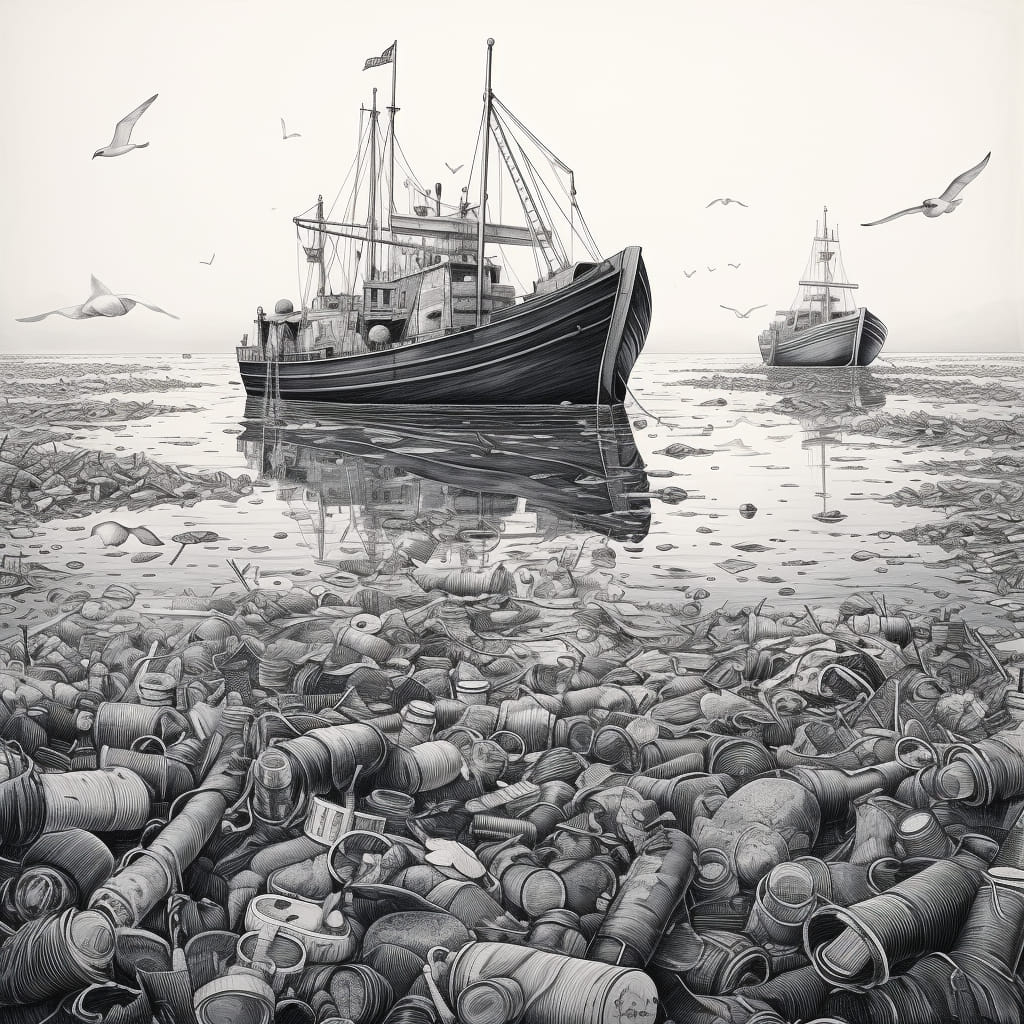The Silent Crisis of Microplastics in Our Oceans: The Shocking Facts!

The Silent Crisis of Microplastics in Our Oceans: The Shocking Facts!
Hidden beneath the surface of our oceans lies a silent crisis: microplastics. These minuscule plastic particles, often invisible to the naked eye, pose a significant threat to marine ecosystems and human health. In this article, we delve into the shocking facts about microplastics, shedding light on their sources, their impact on our oceans, and the urgent need for action to address this environmental crisis.
1. Unseen Pollution on a Massive Scale
Microplastics are ubiquitous in our oceans, resulting from the fragmentation and degradation of larger plastic items or entering the environment as microscopic particles. These tiny plastic particles are estimated to number in the trillions, permeating marine environments worldwide. Despite their size, their collective presence poses a staggering threat to the health of our oceans and the organisms that call them home.
2. Impact on Marine Ecosystems
Microplastics have a detrimental impact on marine ecosystems, affecting organisms at various levels of the food chain. Marine animals, from plankton to whales, can ingest or become entangled in microplastics, leading to internal injuries, suffocation, and disrupted feeding patterns. Additionally, microplastics can transport and accumulate toxic pollutants, further exacerbating the ecological risks they pose.
3. Human Health Concerns
Microplastics have entered not only the marine environment but also our food chain, raising concerns about their potential impacts on human health. It is estimated that humans inadvertently consume microplastics through contaminated seafood, water, and even the air we breathe. The long-term health effects of microplastic exposure are still being studied, but emerging evidence suggests potential risks to human well-being.
4. The Urgent Need for Global Action
Addressing the silent crisis of microplastics requires collective action at a global scale. Governments, industries, and individuals all have a role to play in reducing plastic waste, improving waste management systems, and promoting sustainable alternatives. Innovations in plastic recycling, consumer education, and policy interventions are crucial to mitigating the proliferation of microplastics in our oceans.
5. Making a Difference: Individual Choices and Collective Efforts
Every individual can contribute to the solution by making conscious choices to reduce plastic consumption, recycle properly, and support initiatives that promote a circular economy. Alongside individual actions, collaboration between governments, NGOs, scientists, and industries is vital to developing innovative technologies, implementing effective policies, and raising awareness to combat the silent crisis of microplastics in our oceans.
The silent crisis of microplastics in our oceans demands urgent attention and action. By understanding the shocking facts, raising awareness, and working together, we can protect the health of our oceans, preserve marine ecosystems, and secure a sustainable future for generations to come.
Sources: National Geographic, ScienceDirect, Nature, Science Magazine, UNEP